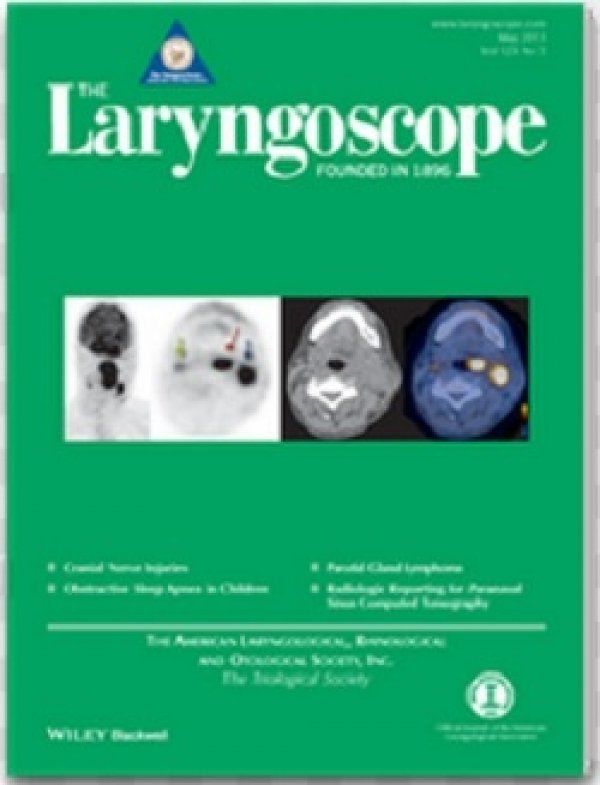Subtotal petrosectomy: surgical technique, indications, outcomes and comprehensive review of literature
Abstract
OBJECTIVES/HYPOTHESIS:
To describe the technique of subtotal petrosectomy (STP), to analyze the outcomes, and to review the literature.
STUDY DESIGN:
A retrospective review.
METHODS:
Four hundred sixty cases of STP performed for various indications were included in the study, which was conducted at a quaternary referral center for otology and skull base surgery. Surgical and audiological parameters, and complications were evaluated. Our results were compared with the existing literature on the subject.
RESULTS:
Two hundred ninety-seven (64.6%) patients had been subjected to multiple surgeries before an STP was performed. The most common indication for STP was recurrent chronic otitis with or without cholesteatoma, with 165 (35.9%) patients. Difficult cases of cochlear implantation, temporal bone fractures, and class B3 tympanomastoid paragangliomas were the next most common indications, with 91 (19.8%), 43 (9.4%), and 38 (8.3%) cases, respectively. The median follow-up of the patient pool was 36 ± 19 months. Recidivism and postauricular wound fistula were the most common complications, seen in five (1.1%) patients each. This series of STP is the largest reported in the literature.
CONCLUSIONS:
STP is a very useful and safe surgical tool in the management of a variety of problematic situations in otology, as it offers the possibility of a definitive cure by offering radical clearance. This procedure can be combined safely with hearing implantation procedures.


